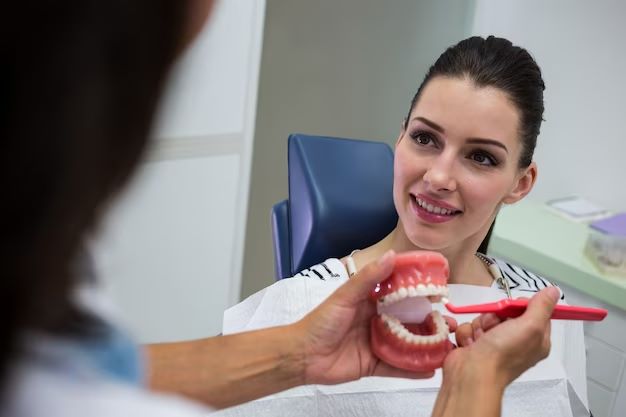About
Welcome to Ocean International Dental Hospitals, where we are dedicated to bringing back the joy of a complete and confident smile through high-quality dental care. If you are seeking a reliable solution to replace missing teeth, dentures offer a time-tested and affordable option that can transform your oral health and appearance.

Dentures are removable dental appliances designed to replace missing teeth and surrounding tissues. They come in two main types: complete dentures, used when all teeth are missing, and partial dentures, utilized when some natural teeth remain.
Dentures enable you to speak clearly and eat a balanced diet, enhancing your overall well-being. With properly fitted dentures, you can comfortably enjoy your favorite foods without any discomfort.
Dentures are custom-made to blend seamlessly with your natural facial features, restoring a youthful appearance and giving you the confidence to smile freely.
Dentures are generally more affordable than other tooth replacement options, making them accessible to a broader range of patients.
The process of getting dentures is minimally invasive and does not require surgery, making it a popular choice for individuals who may not be suitable candidates for dental implants.
If needed, dentures can be easily adjusted or replaced to accommodate changes in your oral health or preferences.
Dentures are an excellent option for individuals who have lost some or all of their natural teeth. During your consultation at Ocean International Dental Hospitals, our experts will assess your oral health, discuss your preferences, and recommend the best denture solution tailored to your unique situation.
Regain the freedom to smile, speak, and eat with ease with high-quality dentures from Ocean International Dental Hospitals. Schedule your consultation today and take the first step towards a renewed smile and improved oral health.




Most trusted dental hospitals in Andhra Pradesh & Telangana
WhatsApp us